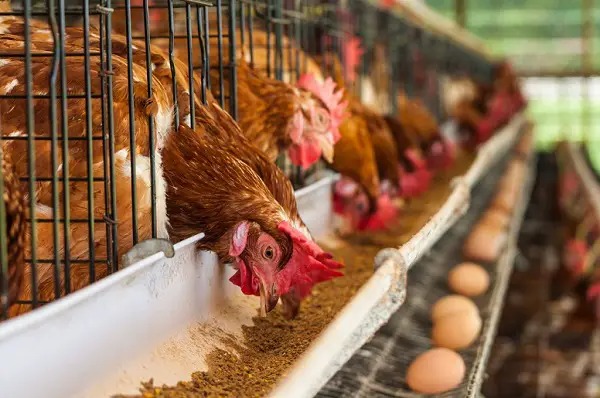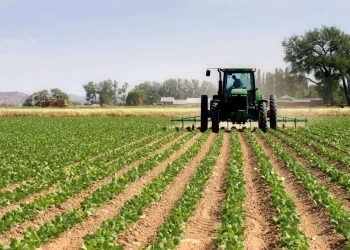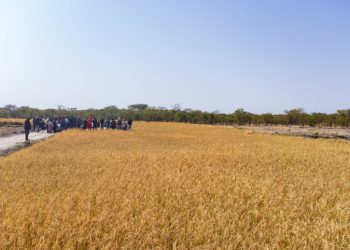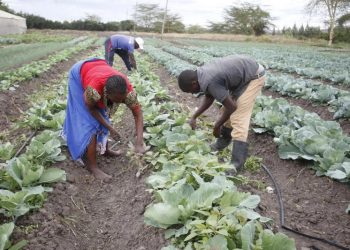
By Hanks Saisai
According to the Namibian Poultry Producers’ Association (PPA), the Namibian poultry industry ‘s production value reached N$1.74 billion in 2024, representing an approximate 13% increase from the N$1.5 billion recorded in 2023.
The sector now stands as the second-largest contributor to Namibia’s agricultural production, trailing only the cattle industry, which recorded an estimated N$3.2 billion in 2024, according to the PPA.
With poultry products (eggs and meat) being among the most affordable protein sources for many households in Namibia, this presents an ideal opportunity for local poultry farmers to get organized and enjoy a fair market share of these essential products.
As the poultry industry continues to grow, it is essential for all poultry farmers to first register as producers with the Livestock and Livestock Products Board (LLPB), previously known as the Meatboard of Namibia.
Moreover, poultry farmers should also register as members of the PPA. This will allow the regulator (LLPB) and the association (PPA) to determine the precise number of poultry farmers in each region and the produce they can offer monthly. Moreover, through the Market Share promotion scheme, the association can collaborate with the regulator to increase the local production quota.
Additionally, major producers can subcontract small-scale farmers to supply them with eggs and meat. This arrangement could create a reliable and sustainable market for small producers and provide an opportunity to expand their production capacity.
Alternatively, regional farmers could form co-operatives that can be utilized to purchase inputs such as chicks, hens, feed, vaccines, antibiotics, disinfectants and supplements in bulk. This strategy could potentially lower individual farmers’ input costs, as many farmers can be offered discounts from input suppliers when buying in bulk.
Additionally, farmers can share the transportation costs of these inputs from suppliers to distribution points in their respective regions. This will enable smallholder farmers to significantly lower input costs and gain a better competitive advantage to sustain their enterprises, as the production unit cost will be reduced.
On the marketing side, farmers involved in the trade of poultry products can enjoy a fair market share by forming a marketing co-operative that allows them to pool their resources together and offer products to formal markets such as wholesalers, retailers, tourism facilities, government institutions, as well as informal markets such as vendors.
This co-operative will ensure that it addresses the three crucial aspects of markets, which are quality, quantity and consistency, thus enabling farmers to understand the product quantities and quality they need to offer monthly.
For instance, if a market demands 10,000 eggs monthly, farmers can pull resources from their respective enterprises to reach the monthly target. Upon receiving the payment, the co-operative could distribute the income according to the number of eggs a farmer offered from their enterprise.
Organizing farmers involved in poultry production has the potential to yield numerous positive benefits, and with the support of all industry players, including farmers, regulators, and associations, such initiatives could foster sector growth and unlock hidden markets through achieved self-reliance.
Being organized also ensures that consistency, quality, and quantity requirements are met while reducing individual farmers’ costs.
For regulators, this presents an opportunity to access accurate information regarding the production capacity of local farmers and to explore modalities of reducing dependency on imports by allocating additional quotas to local farmers.
*Hanks Saisai is Technical Advisor: Crops and Poultry at Agribank











